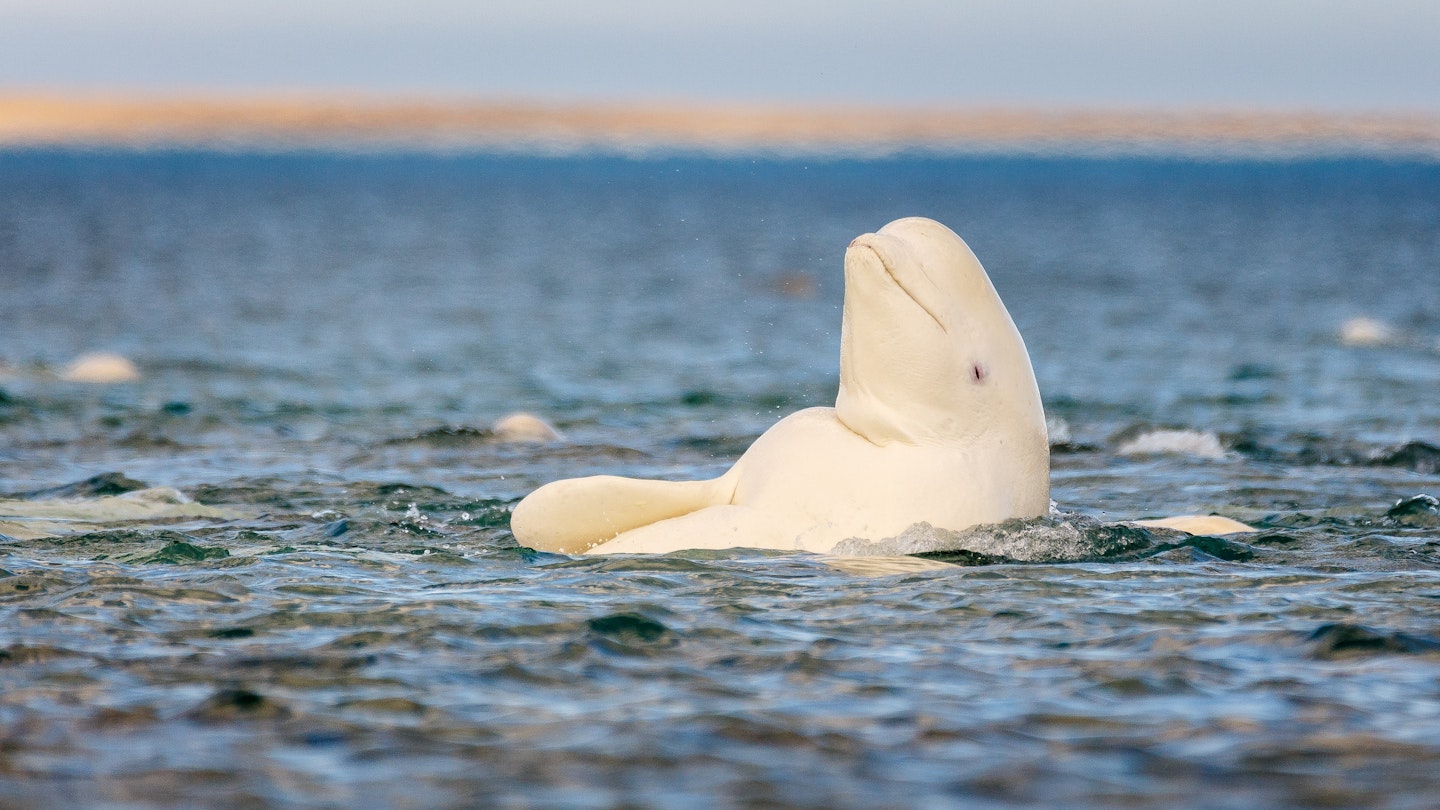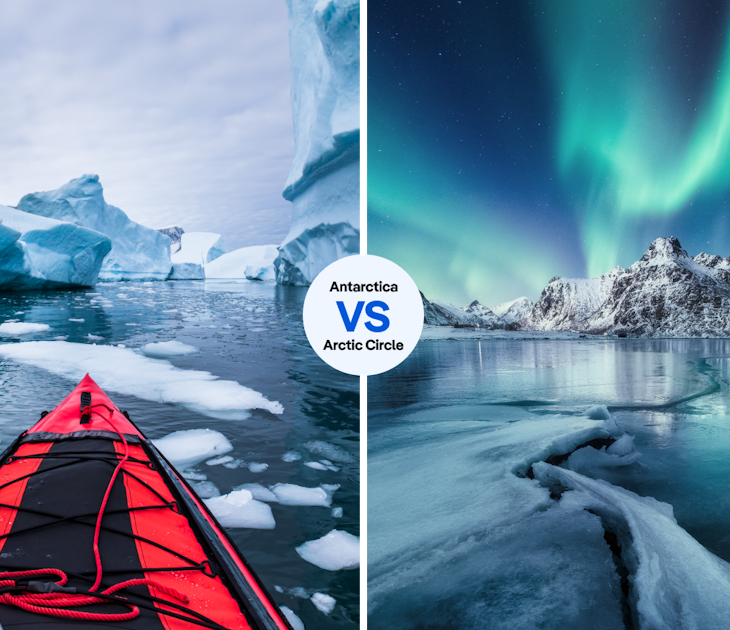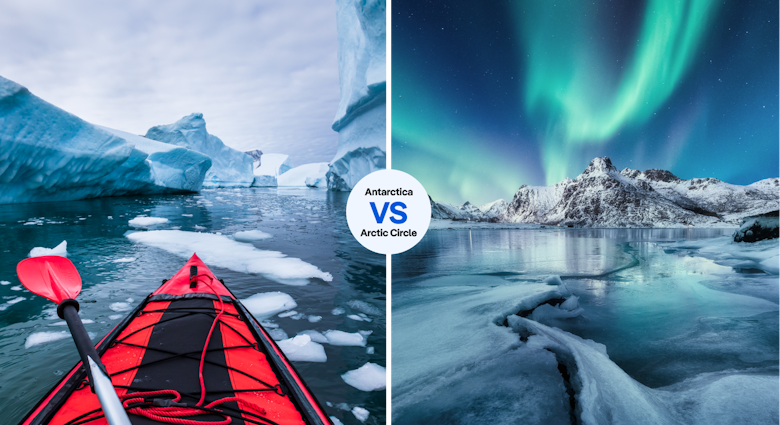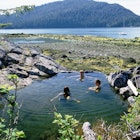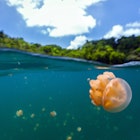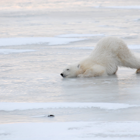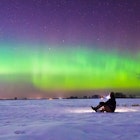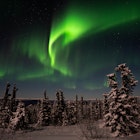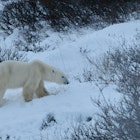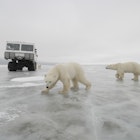In late June, the Arctic hit record-high temperatures – a reported 100.4 degrees Fahrenheit – and by early July, the total extent of Arctic sea ice was near an all-time low. To shine a light on the climate crisis, the nonprofit Polar Bears International is launching a beluga whale live cam and inviting armchair scientists to participate in a community project devoted to the marine mammals.
In honor of the seventh-annual Arctic Sea Ice Day on 15th July, the beluga camera will debut for the eighth summer running, offering a season-long look at the underwater activities of the thousands of belugas that call the junction of Manitoba, Canada’s Churchill River and Hudson Bay home. Live chats will also be held throughout the summer, streamed from the beluga boat, hosted by the captain, and featuring interviews with scientists, researchers, and other special guests.
“Belugas are one of three ice-adapted whales that we have in the Arctic,” Dr. Stephen Petersen, director of conservation and research at Canada's Assiniboine Park Conservancy, tells Lonely Planet. “We're lucky enough to see large numbers of beluga whales in Churchill, because when they're in sea ice, they [are] protected from predators like killer whales.” But now that sea ice at the north end of bay is disappearing, he explains, orca are using the bay to hunt more than they have in the past. “We think that with the changes in sea ice, we might have fewer refuges for whales like beluga from these big Arctic predators,” Petersen says.
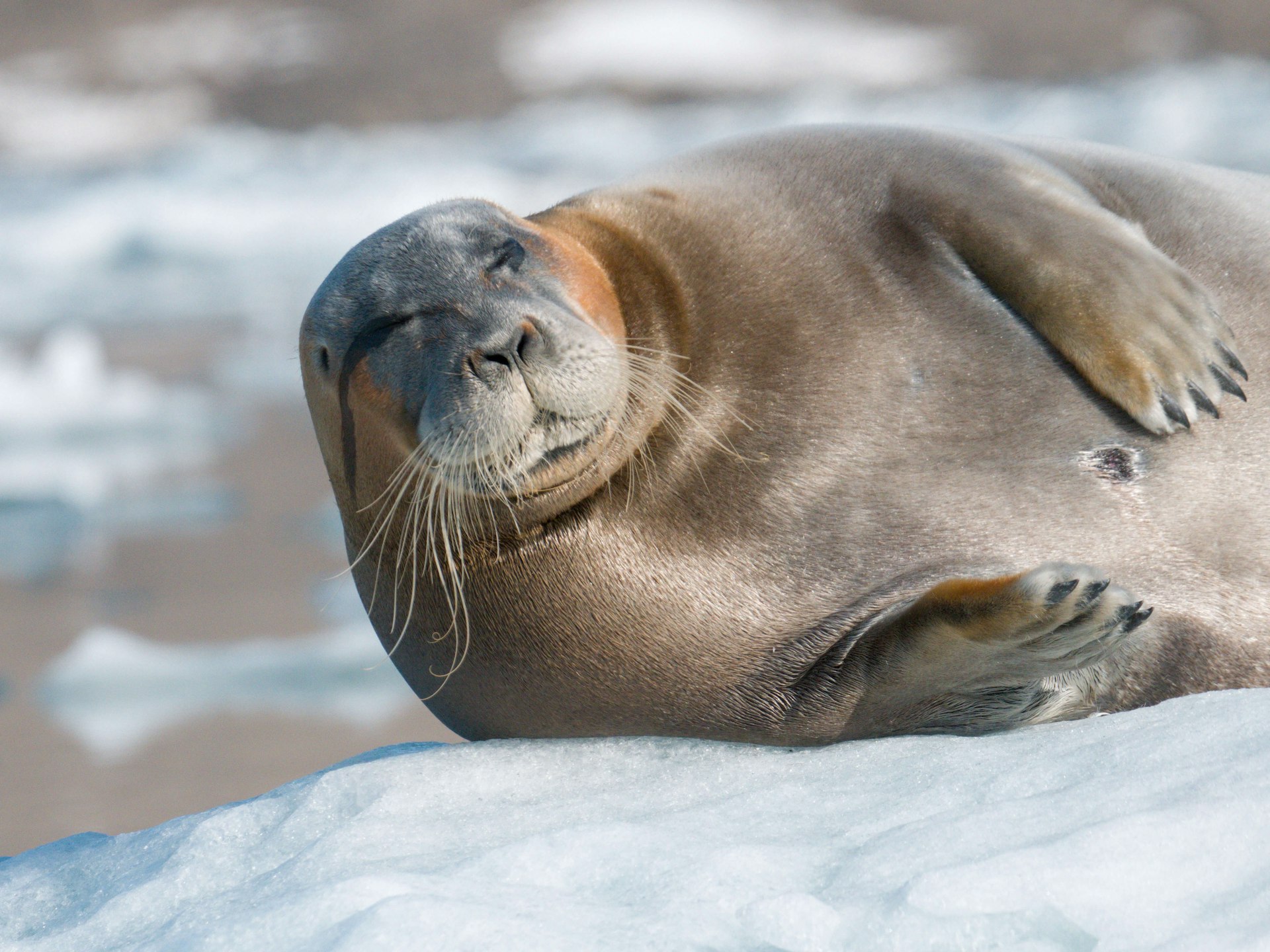
Belugas aren’t the only animals that rely on sea ice for survival. Polar bears need it too, as do human beings. A Polar Bears International press release describes sea ice as “Earth’s air conditioner, reflecting sunlight to keep our planet cool,” and urges “a swift transition to renewable energy” to get the climate back on track.
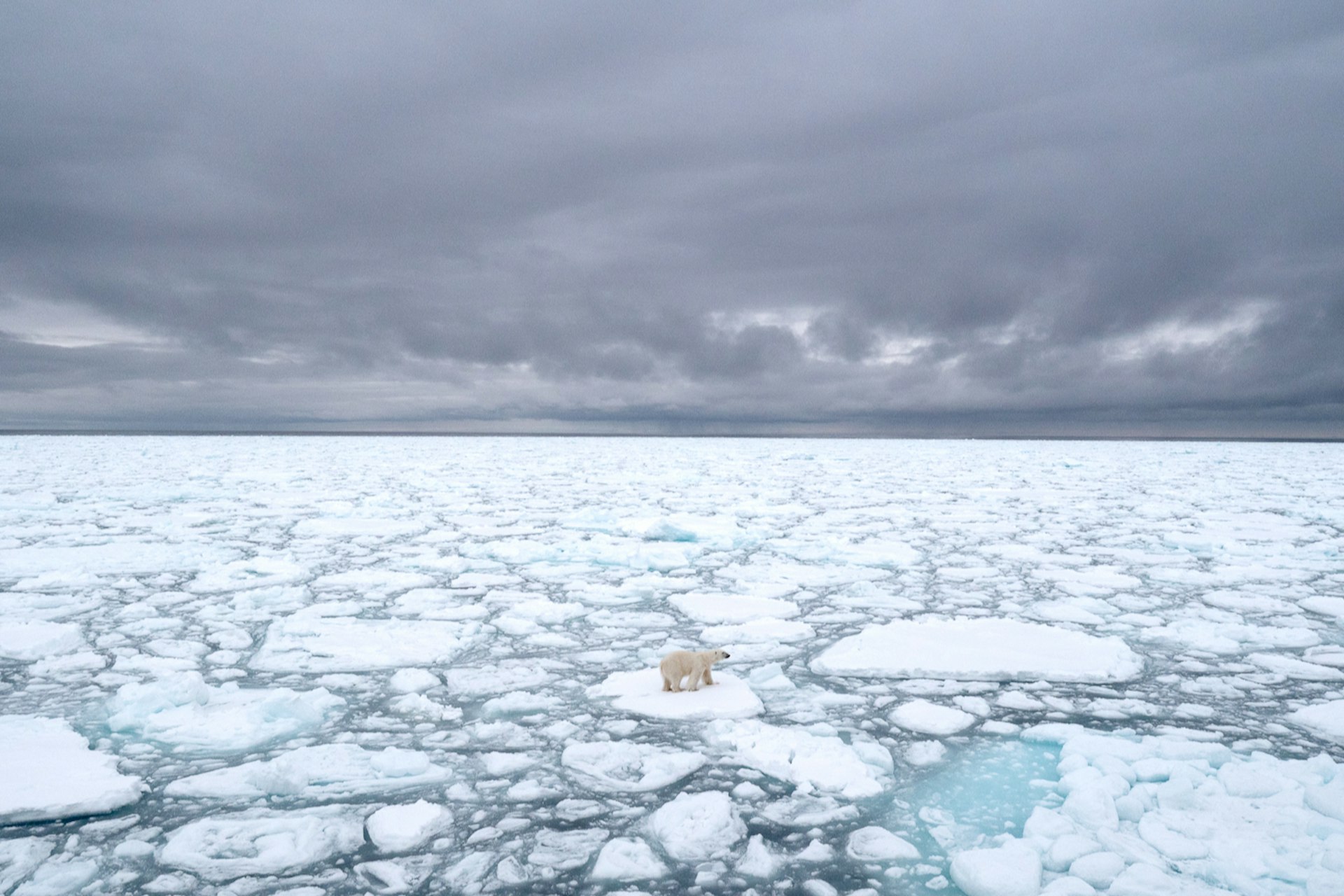
To that end, the organization is encouraging the public to take action in a number of ways, including pledging to vote with the climate in mind, contacting elected officials about taking action on climate issues, signing a petition in favor of renewable energy, and even adopting a polar bear. Remote volunteers can also participate in the Beluga Bits project, which relies on remote volunteers to complete classifications for some 800,000 snapshots of the playful, sociable whales, identifying their age and sex as well as any distinctive markings.
“Sea ice disappearance is intertwined with the fate of polar bears, and the future of the planet,” PBI executive director Krista Wright said in the press release. “An appreciation and understanding of sea ice can help everyone connect deeper with the Arctic and take action. There is still time to stop this trend and preserve sea ice for future generations of polar bears and people.”
You may also like:
6 bucket list destinations at risk of disappearing due to climate change
Artefacts uncovered from melting Arctic ice on display in London exhibition
See how climate change is endangering landmarks around the world

